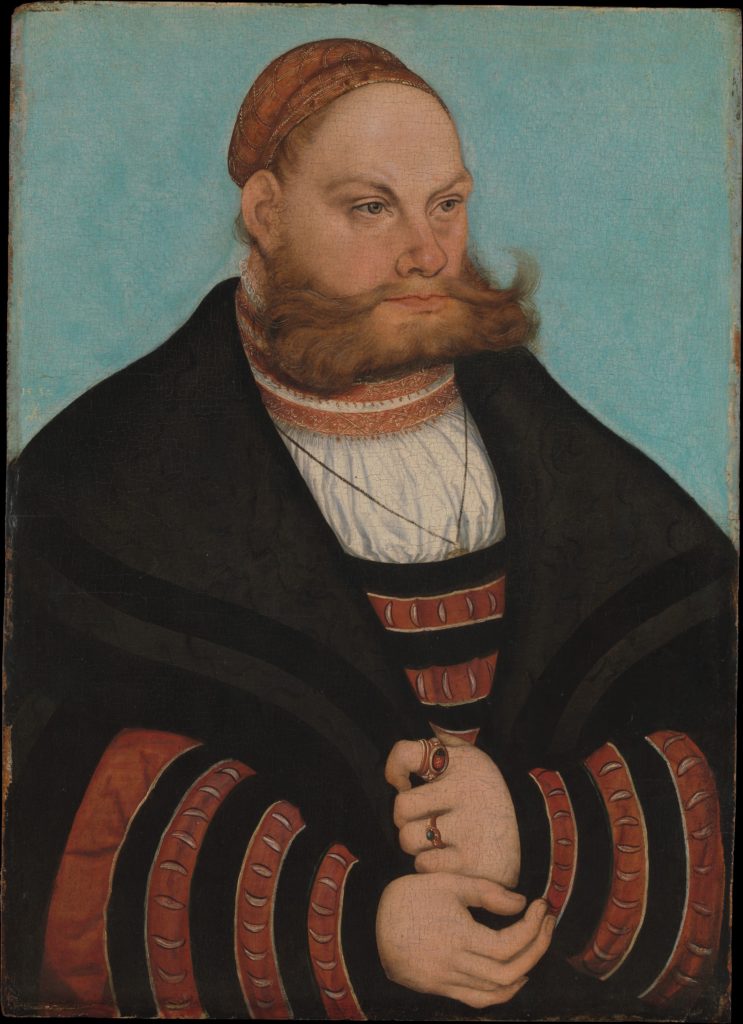The history of one of my favorite shops, Chartreuse and Company, in Frederick County, Maryland. From
The Chartreuse Blog:
In my family, we’ve always joked that we – the Crums (Chartreuse
founder Virginia’s immediate family) – were the ‘& co.’ function of
‘Chartreuse & co.’ I was ten years old when we moved to my
great-grandmother’s house and eleven when my mom had her third baby: a
business that would save the family farm. At that time,
Clifton-on-the-Monocacy (which was the original name of both the house
and farm) was a sad relic of former glories: the verdant pastures which
had once stretched emerald fingers to the Monocacy had been reduced to a
parcel of land hovering on the lap of Buckeystown Pike; and even
domestic pleasures, such as the green-painted swing set, that had once
entertained my mother and her sisters for hours on end, had been mangled
by a fallen tree and overgrown in an immense thicket worthy of Sleeping
Beauty, herself. What did remain were the farm buildings
which, since the ‘50s (my grandfather recollects a wild reconstruction
in which the tenant house was pulled by mules walking in gradual circles
to its new site), had all inhabited a relatively small plot of land.
The house, itself, was in need of a great deal of tender loving care
(many the hours we spent scrubbing floors and power washing the immense
60s-office-building-style windows on the addition when we first moved in
– little less the issue of the house raining indoors when it rained outdoors…),
but its condition was perfectly spotless in comparison to the immense
barns that hunkered together beyond the two houses. Those farm
buildings had long been converted to storage by the time we moved in,
and muck and grime were everywhere. I remember, in fact, that after
being in the barn for any amount of time at all, if you blew your nose,
the residue on the tissue came out black. The insurance company told my
parents, upon purchase of the barns, that they were attractive
nuisances and best torn down, but my parents saw another option. All
across the county, many such buildings were facing the same fate and,
crumbling amidst their ruin were the traces of our county’s history.
Our bank barn dates back to the 1700s and, so ancient is its
construction that wooden pegs were used rather than nails. Our dairy
barn – the second-newest building on the premises – began its
construction in the 1920s and was expanded by my great-grandfather in
the 1940s (you can see the shift in construction at what is now the
center of the barn if you stop and look). Wherever you look, nuggets of
the past and the people who moved through it percolate, making these
buildings more than the brick and mortar that holds them together, and
transforming them into monuments of the past: artifacts of all those who
have walked between their walls or stopped to touch them, as someday
they may well stand in recollection of you and of me. Rather than
demolishing these priceless barns, my parents chose to save them and,
out of that, a decision was made that would shape what has, so far, been
the vast majority of my life.
The business has gone by many names – Mille Fleur Cottage, Trellis,
Fleurish – but the one that stuck you already know. We’re asked about
the origin of the name Chartreuse & co. fairly often. It’s the name
given to that electric shade of green which can be seen in the
Chartreuse liqueur (a heady herbal concoction, at once refreshing and
powerful and not for the faint of heart) from which it derives
its name. The liqueur, itself, is named for the mountains in France of
the same name where it was first made, but the christening of the
mountains remains – for me, at least – shrouded in mystery (apparently
based on an ancient Gaulish word of unknown meaning). What also stuck?
The proud ‘& co.’ moniker my family has adopted. It’s been
well-earned, too, I may say. (Read more.)
Share
































